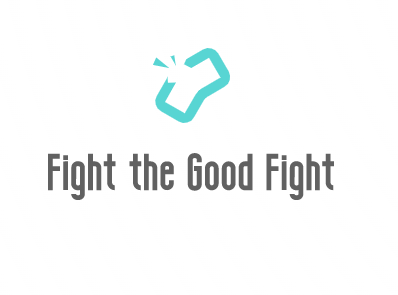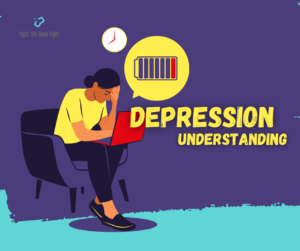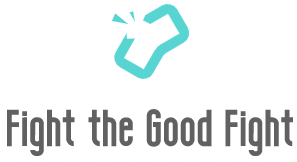Cognitive Behavioral Therapy (CBT) is a widely used therapeutic approach that focuses on the connection between thoughts, emotions, and behaviors. It aims to help individuals identify and change unhealthy patterns of thinking and behavior by developing more adaptive coping strategies. CBT has been proven effective in treating various mental health conditions, including addiction. When it comes to porn addiction, CBT can play a significant role in overcoming this behavioral addiction. Let’s explore how CBT works and its potential benefits for individuals struggling with porn addiction.
CBT is based on the idea that our thoughts, emotions, and behaviors are interconnected. It suggests that by changing our thoughts and behaviors, we can also change our emotional and psychological well-being. Here’s how CBT can help individuals overcome porn addiction:
Identifying Triggers and Automatic Thoughts: CBT helps individuals identify the triggers that lead to porn addiction. Triggers can be internal (such as stress, boredom, or negative emotions) or external (such as specific environments or situations). By recognizing these triggers, individuals can become more aware of their automatic thoughts that contribute to the addictive behavior. CBT helps in challenging and reframing these automatic thoughts to develop healthier responses.
Understanding Beliefs and Core Values: CBT encourages individuals to explore their underlying beliefs and core values related to pornography use. By examining the reasons behind their addictive behavior, individuals can gain insight into the thought patterns and distorted beliefs that sustain the addiction. This understanding enables them to question and replace these beliefs with more rational and adaptive ones.
Developing Coping Strategies: CBT equips individuals with practical coping strategies to manage cravings and urges related to porn addiction. These strategies may include relaxation techniques, distraction techniques, problem-solving skills, and cognitive restructuring exercises. By learning and practicing these strategies, individuals can better handle the intense desire to engage in addictive behaviors and develop healthier ways to cope with triggers.
Behavioral Experiments and Exposure Therapy: CBT often incorporates behavioral experiments and exposure therapy to help individuals confront and overcome their fears and avoidance related to porn addiction. Exposure therapy involves gradually exposing individuals to their triggers or situations that evoke cravings, while teaching them techniques to manage their responses. This process helps individuals build resilience and reduce the anxiety and discomfort associated with the addictive behavior.
Relapse Prevention: CBT emphasizes relapse prevention strategies to help individuals maintain long-term recovery from porn addiction. It helps individuals identify high-risk situations, develop coping plans, and create a relapse prevention toolbox. By anticipating potential challenges and having effective strategies in place, individuals can better navigate triggers and maintain their progress towards recovery.
Addressing Underlying Issues: CBT recognizes that addiction is often influenced by underlying emotional and psychological issues. It helps individuals explore and address these underlying issues that may contribute to the development and maintenance of porn addiction. By addressing these root causes, individuals can work towards resolving unresolved emotional pain, trauma, or other factors that drive their addictive behaviors.
Cognitive Restructuring: One of the key components of CBT is cognitive restructuring. This process involves identifying and challenging negative and distorted thinking patterns that contribute to porn addiction. By replacing negative thoughts with more positive and realistic ones, individuals can reframe their perception of pornography and develop healthier attitudes towards sexuality and intimacy.
Building Healthy Coping Skills: CBT focuses on teaching individuals healthy coping skills to replace porn addiction. These skills include stress management, assertiveness training, communication skills, and problem-solving techniques. By developing alternative coping strategies, individuals can effectively manage stressors and triggers without resorting to addictive behaviors.
Support and Accountability: CBT provides individuals with a supportive and structured therapeutic environment. The therapist acts as a guide, offering empathy, understanding, and accountability throughout the recovery process. Additionally, group therapy or support groups can provide a sense of community and understanding, reducing feelings of isolation and providing a platform for sharing experiences and strategies.
Cognitive Behavioral Therapy can be a powerful tool in overcoming porn addiction by addressing the underlying thoughts, emotions, and behaviors that contribute to the addictive pattern. It empowers individuals to develop healthier coping mechanisms, challenge distorted thinking, and build a solid foundation for long-term recovery. Through CBT, individuals can gain a deeper understanding of themselves, develop effective strategies for managing triggers and cravings, and ultimately reclaim control over their lives.



